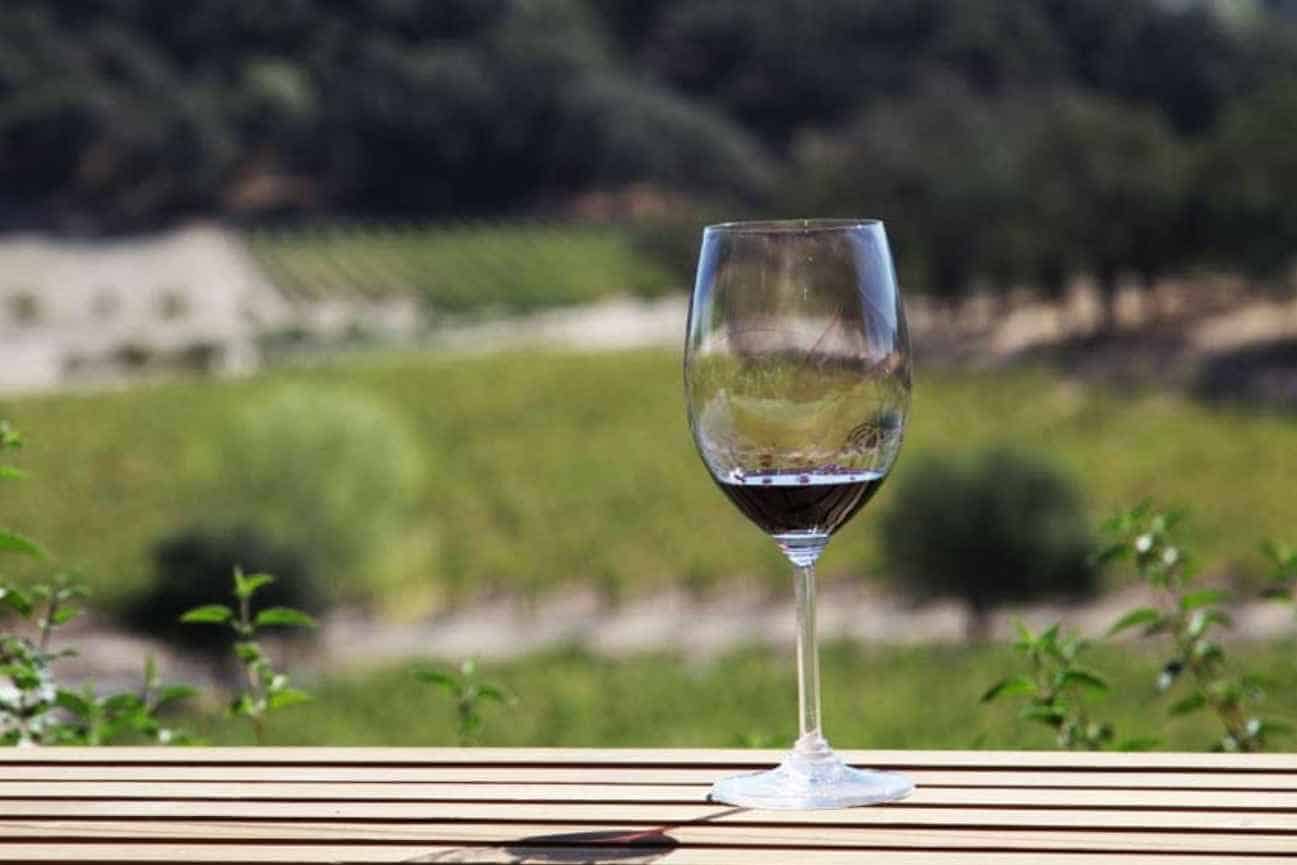An example of wine from the new world! You’ve heard of the old-world wine such as Pinot Noir or Chardonnay, but have you ever heard of Pinotage?
In this article, we’ll explore the unique qualities of this South African wine. Let’s get to know what is Pinotage!
What is Pinotage Wine?
| Origin | Stellenbosch, South Africa |
| Commonly made with | Pinot Noir
Cinsault |
| Color | Deep Maroon |
| Taste | Full-bodied |
| Texture | Dry |
| Sugar Content (per liter) | |
| ABV | 13–15% |
| Biggest Producers | South Africa |
Pinotage stands as one of the most well-known wines in the history of New World varieties. So, let’s get to know it better!
Difference of Pinotage and Pinot Noir
Although both of these wine starts with the term ‘Pinot,’ both of them have their similarities and uniqueness. First of all, both of them are red wines that utilize the Pinot Noir grapes.
Pinotage came from a grapevine that is bred with a mix of two grape varieties: Cinsault and Pinot Noir. Meanwhile, Pinot Noir is a single breed of wine grape.
How is Pinotage Wine Made?
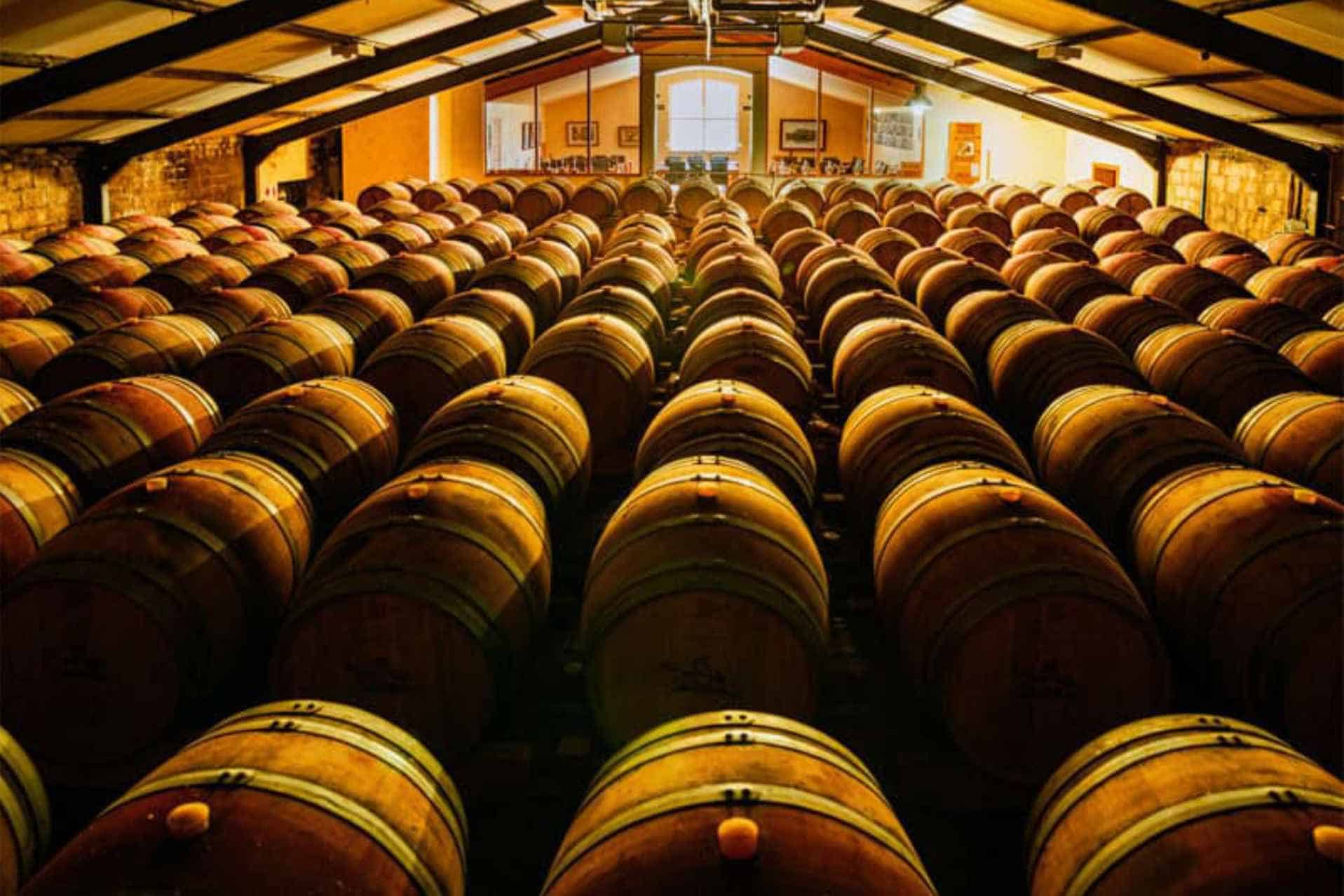
Pinotage starts at the grafted vines of this grape variety. As Pinotage is primarily grown in the humid and pretty hot region of South Africa, the harvesting season of this variety goes the other way with other common ones found in Europe.
The growing starts in September when most lands have a lower temperature than in other seasons. Most harvest occurs in the months of February to March, before the height of the summer season.
The best quality of planting and cultivating this wine grape variety is that it’s fairly easy to grow. Whether it be a trellised system or bush vines, Pinotage can mature and produce yield either way.
That said, some challenges arise when it comes to the fermentation stage. Pinotage is known to produce the chemical isoamyl acetate, which can contribute to the complex aroma profile of the wine. In some poorly made wines, this can lead to an unwanted solvent-like aroma, reminiscent of nail polish remover.
It’s also one of the reasons why Pinotage is relatively unpopular before the 1990s. After this period, many winemakers made innovations that produced less ester.
It’s a process that uses cooler fermentation methods and the subtle notes of American and French oak. The result is a much fruitier, earthy blend without the strong acetate flavor.
Along with that, the high tannins of the grape also make it much bolder to drink. To combat it, many winemakers harvest very ripe Pinotage grapes.
On the other hand, with the rise of lighter blends, there are also wineries that use a much younger wine grape, resulting in a wine with lower alcohol content. This approach can lead to a more acidic and fresh-tasting blend, which some find similar to one of its parent grapes: Pinot Noir.
History of Pinotage Wine
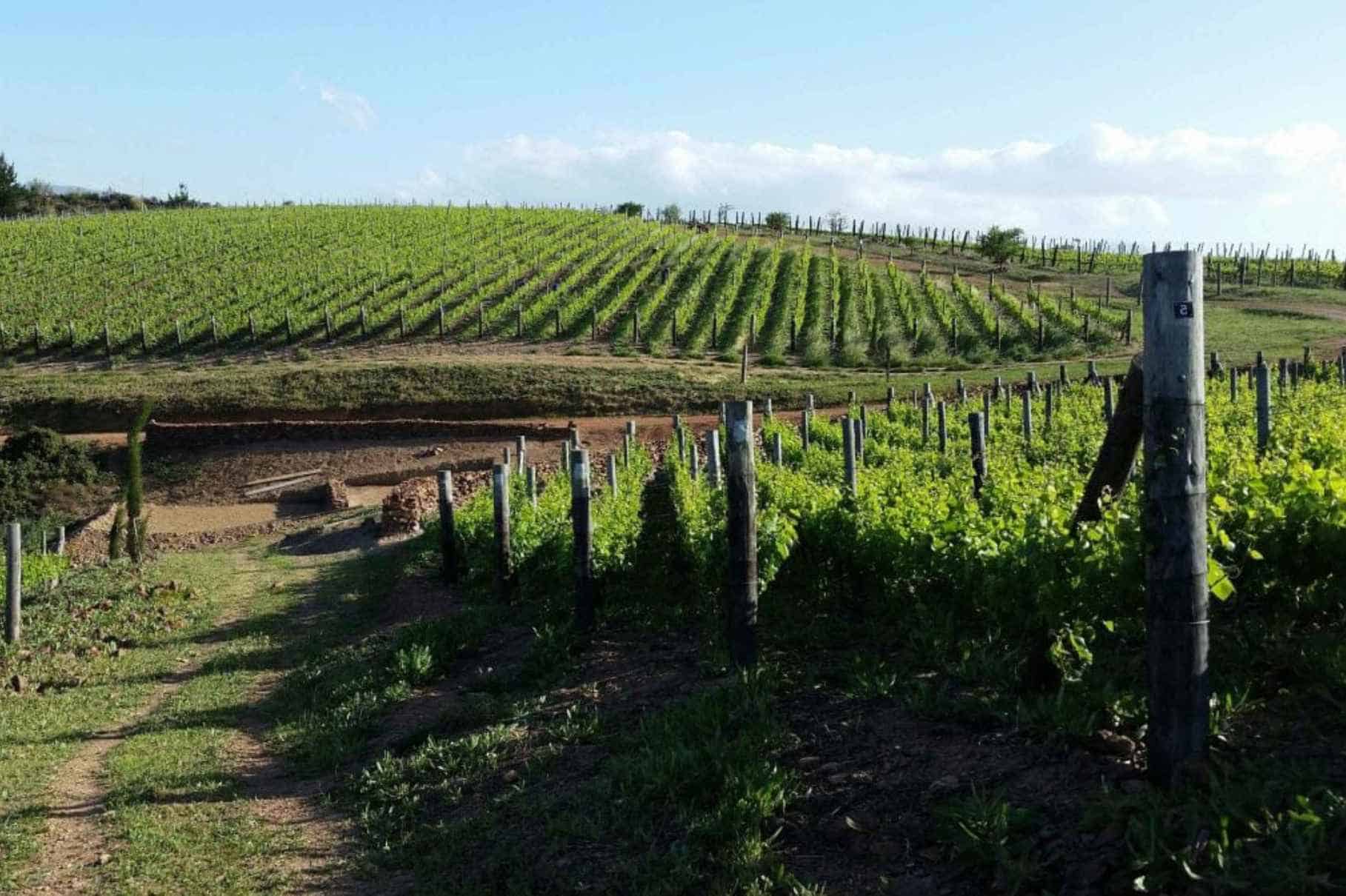
The history of this wine is a very interesting one. It’s pretty shocking to know that this wine variety almost didn’t exist.
As South Africa is a New World wine region, its history of viticulture is quite recent. Even this story just starts in the year 1924.
Stellenbosch University is the home of Abraham Izak Perold, the first Professor of Viticulture at the said university. And he stands as one of the major faces when talking about the existence of the Pinotage grape.
As a viticulturist, it was Perold’s specific mission to create a better grape variety. In this said goal, he decided to do a cross between Cinsault (Hermitage) and Pinot Noir. The result is the Pinotage vines.
However, as Perold left the university in 1928, he didn’t get to see it grow. As the university’s garden became overgrown, a team was sent to clean it up. Amid the clean-up, Charlie Niehaus noticed the seedlings and moved to rescue them.
After the rescue, the seed continued to grow with the supervision of CJ Theron, Perold’s successor. At Elsenburg, the first known Pinotage wine was crafted in 1941. Along with that, Myrtle Grove near Sir Lowry’s Pass became the first two regions for commercial plantings.
Since then this wine has become one of the pioneers of the New World wine region!
Taste and Appearance of Pinotage Wine
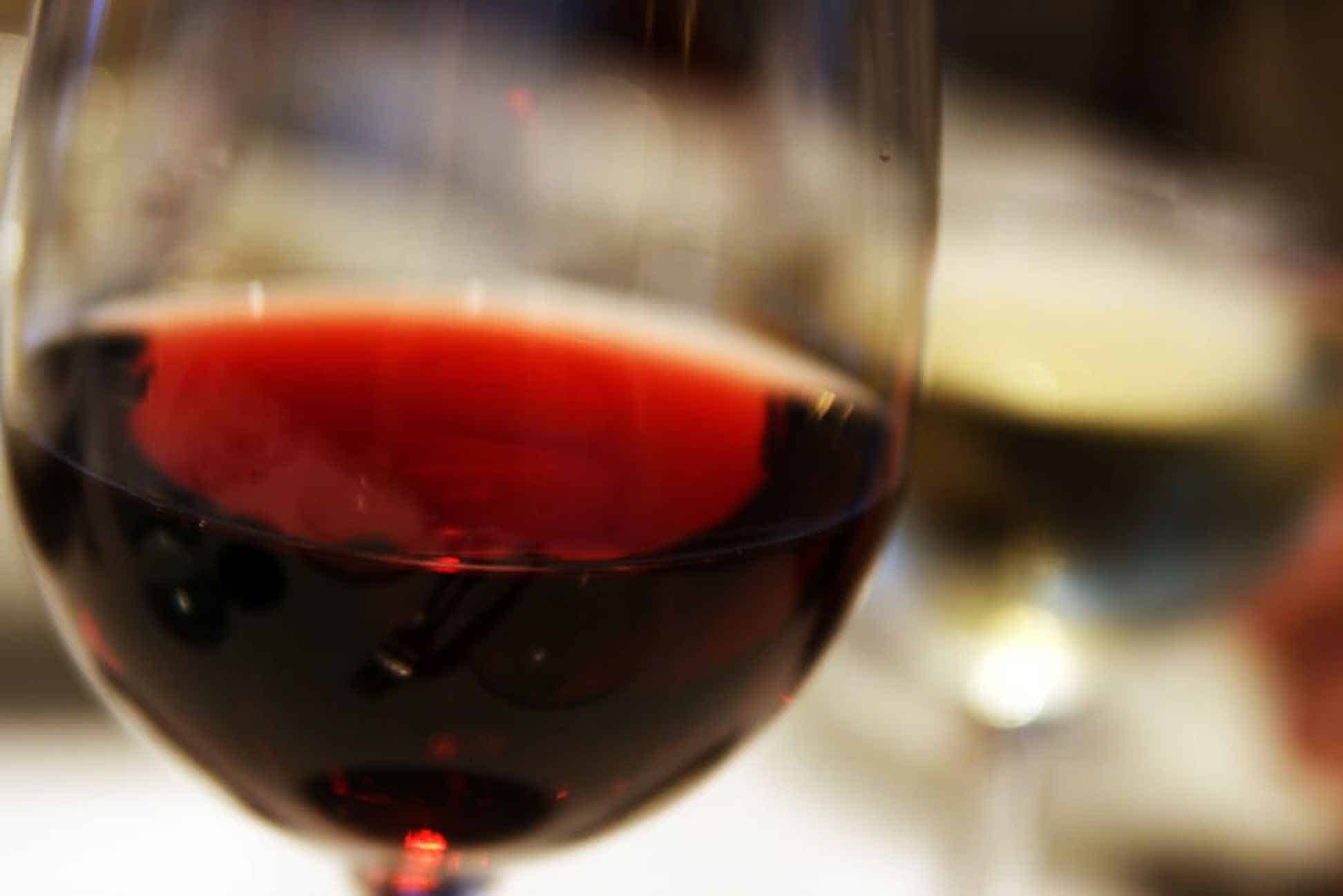
The appearance of the Pinotage wine is very much akin to its parent breed. It features a dark maroon color due to its high tannin. However, it also lighter blends but remains dark red.
When it comes to its flavor, dark fruit, and earthy notes are the most prominent. You will notice a hint of figs, blackberry, and black cherry. Along with that is the aroma of tobacco, oak, and pepper.
Most Pinotage is relatively low in acid but high in tannins. So, the result is a very bold and heavy smoky finish.
Although this wine grape variety has those elements, it’s not overpowering. With its high tannins, you can easily pair rich sauces without sacrificing the taste of the food and wine.
Different Types of Pinotage Wine
As stated earlier, Pinotage continues to develop many different types, such as:
- Light: Lighter Pinotage is a blending style using younger grapes with lower sugar. It results in a more acidic and less tannic blend. This method also eliminates the acetic taste leading to a smooth, fresh, and fruitier drink.
- Full-bodied or Aged: The complete opposite of the first one, this blend uses its high-tannins as its edge. The result is a very bold and earthy blend. Most of the vintages in this category are mostly aged upwards of eight years, but most bottles can be drunk in the first year. Aging just provides more concentrated dark fruit and tobacco flavor notes.
- Commercial: This blend is typical for cheap Pinotage. Some bottles have the acetate note that they combat with more time fermenting and aging in oak barrels. The result is a more earthy and higher oak and tobacco note. A great winery can also develop deeper chocolate and coffee aromas.
How to Drink Pinotage Wine

Interested in drinking some Pinotage wine? We can teach you how to! Try out some of these tips to make the most out of your bottle, such as:
Try it with Barbecue
Pinotage is one of the go-to wines when it comes to barbecue. Why is that? Let’s break down this famous food pairing.
Smoky meat tends to have a very heavy flavor. Not just with the way it’s cooked but also the seasoning it’s sprinkled in before cooking.
Meanwhile, Pinotage is a full-bodied wine; it doesn’t have any problem cutting through the flavor notes of the barbecue. Similarly, many heavy sauces such as Korean BBQ, Japanese teriyaki, or smoky sausages also work the same way.
Pair with Gamey Meat
Gamey meat is among the most complex food to find a wine pairing to. Fortunately, this is among the meats that Pinotage can do well with.
Right Way of Serving
The proper serving of this wine starts before it’s even served in the glass. As this blend is weighty (in aroma and taste), as we established, decanting or aeration can create a richer note.
Letting oxygen penetrate the wine and mellow out the harsh aroma and taste, leading to better flavor notes. Let the wine sit in the decanter for an hour and taste a more pronounced fruity hint.
Also, in a regular red wine bottle, serve Pinotage at a cellar temperature of around 60⁰F to 68⁰F. That’s it! With those tips, you can make the most out of your glass of Pinotage!
Pinotage Wine You Should Try
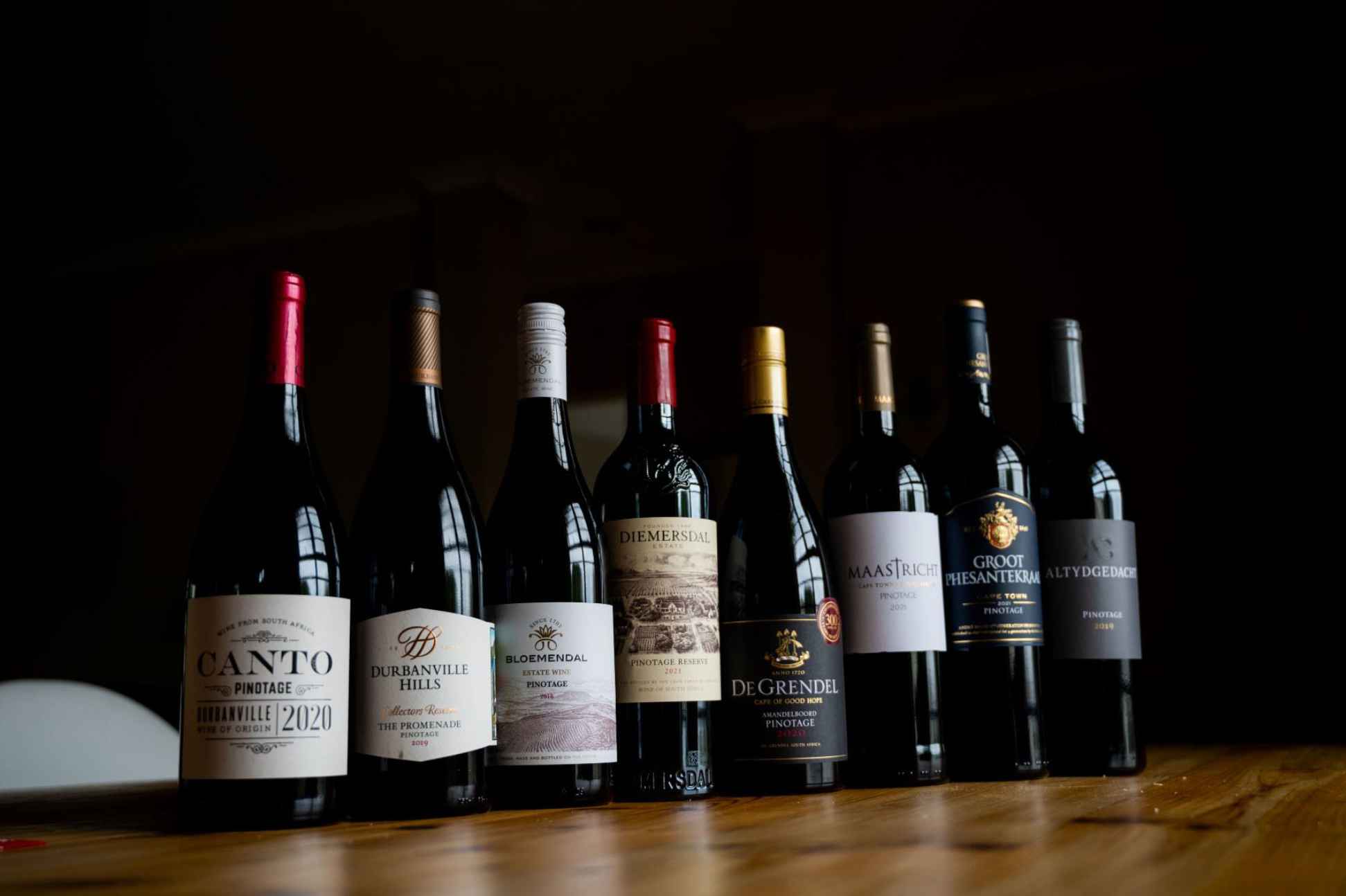
| Brand | Kanonkop | Beeslar | Francois Van Niekerk |
| Taste |
|
|
|
| Texture |
|
|
|
| ABV | 12-15% | 14.5% | 12-15% |
| Best Serve with | Game, Meat, and Poultry | Game, Meat, and Poultry | Game, Meat, and Poultry |
| Average Price | $242.24 | $57.99 | $74.99 |
1. Kanonkop Black Label Pinotage
This slightly tannic blend sits as the most well-reviewed Pinotage bottle at a rating of 4.6 stars. It came from the authentic Pinotage Region: Stellenbosch. It features very fruity notes and earthy aromas, such as vanilla or toasted almonds.
That said, its authentic taste comes with a price. This can be an excellent vintage if you have more money to spare.
2. 2019 Beeslaar Pinotage
One of the well-reviewed but a lot lower in price compared to the other wines on this list. This 2019 vintage from Beeslar also came from the Cape part of South Africa.
It leans on the more oaky and earthy notes. It’s a more commercial type of Pinotage, so it lends well with a much lighter yet very oak-centric blend. This bottle is an excellent starter if you want to try this wine variety for the first time!
3. 2020 Francois Van Niekerk Pinotage
This blend comes with a lighter and fruitier finish. Although it’s still very oaky, it has heightened flavors of black and red fruits, making it great for a nice raspberry or plum aftertaste. It’s also praised for its aroma and excellent quality.
In Summary
With that bunch of information about this wine variety, we’re sure you know what is Pinotage now. With its excellent taste and status as a new addition to the market, Pinotage stands as one of the renowned wines from the New World.
